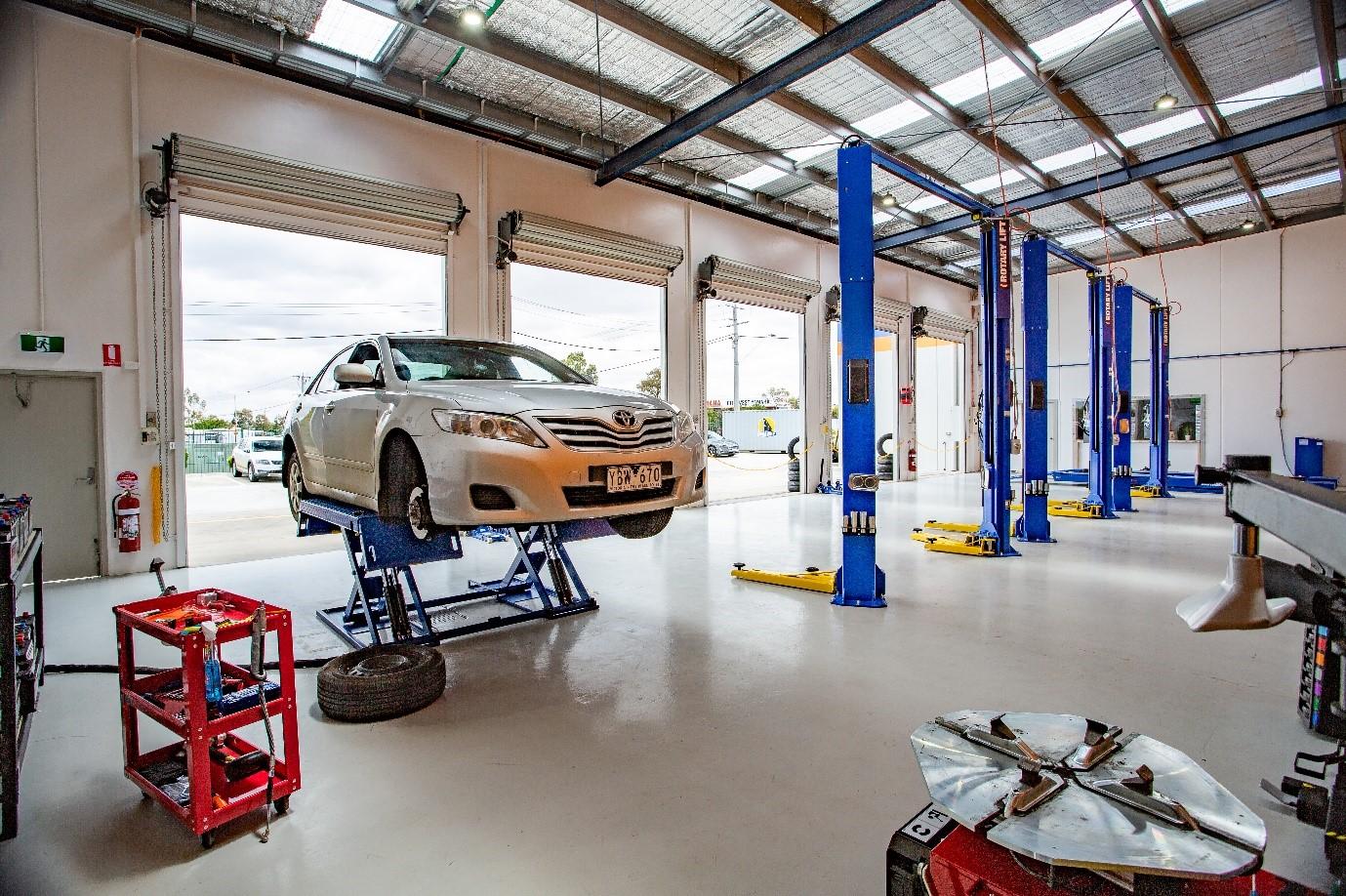If you have been stuck waiting for your car to be repaired and left wondering what the hold up is, the problem mightn’t be parts supply chain shortages but rather a lack of workers.
Two Australian automotive peak bodies representing the retail motor trades and aftermarket service centres told CarExpert more skilled workers are needed to bring down lengthy wait times for repair work.
“Current wait times for automotive repairs are down to a number of key factors including a backlog of COVID repairs being cleared, a lack of skilled labour, and blockages in skilled migration,” said Motor Trades Association of Australia (MTAA) interim CEO Geoff Gwilym.
“[The] Government are moving quickly on the skilled migration review but more will need to be done to fix the labour problem for the longer term.”
“My advice to employers is to work with VET coordinators in local schools and build a local labour supply chain through apprenticeship pathways.
“In the short term, skilled migration will still be a valuable labour supply resource.”
Australian Automotive Aftermarket Association (AAAA) CEO Stuart Charity echoed similar concerns regarding skilled labour shortages, adding that longer wait times are here “for the foreseeable future”.
“The big thing at the moment is skill shortages. We estimate there’s a shortage of about 30,000 technicians in Australia across all repair disciplines,” said Mr Charity.
“To put that into context, that’s about one technician for every repair and service business out there.
“So you overlay a shortage of skills with increased demand and supply chain issues you’ve got a kind of perfect storm.”
Mr Charity added there’s a “three-pronged approach” in terms of what the AAAA is doing about the issue, but said there’s no “simple quick fix to it”.
“One of the themes that we are doing is lobbying the government to make automotive trades a priority area for skilled migration,” he said.
“The only way we can get short term labour in is to bring in skilled workers from overseas that are already trained and ready to go.
“There’s a lot of competition for a very limited number of spots.”
Mr Charity said work needed to be done to encourage more younger people into trades.
“The Government [in the 2023-24 Federal Budget] announced 300,000 free TAFE positions nationally, across all sectors,” he said.
“We’re hoping that automotive will get the priority there so we get more young people into the industry.
“The third thing we’re working on is trying to change the outdated perception of what a career in the automotive trades is all about.
“I think there’s a perception there that it’s low paid, low skilled, dirty and not great work. Whereas the reality is, as we all know, that vehicles are very complex machines now.
“There are great careers in it. They’re involved in programming and advanced diagnostics, and we’ve got electric vehicles coming on the scene, and so on.
“There’s really a lot of different career options in working with high technology and ultimately a chance to run your own business because a lot of the repairers are just a small piece of family-owned businesses.
“I think we’ve got to do better as an industry collectively to really talk about the benefits of our in [the automotive] industry.”
In summary, Mr Charity said “if we could get more skilled migrants immediately and then obviously more talented people through the system … we will ultimately get on top of this”.
Let us know your thoughts in the comments below.





